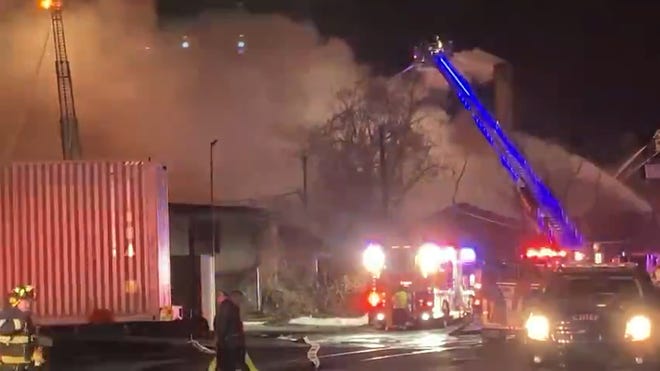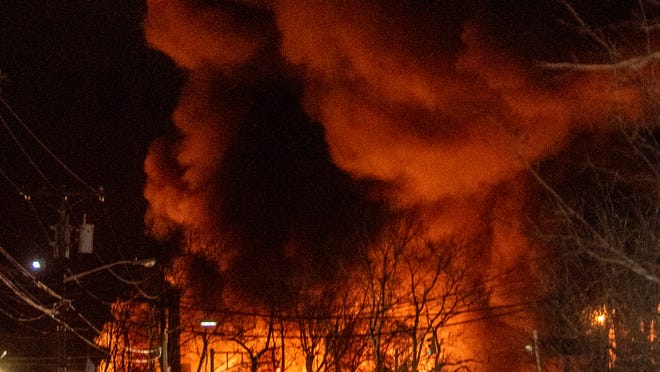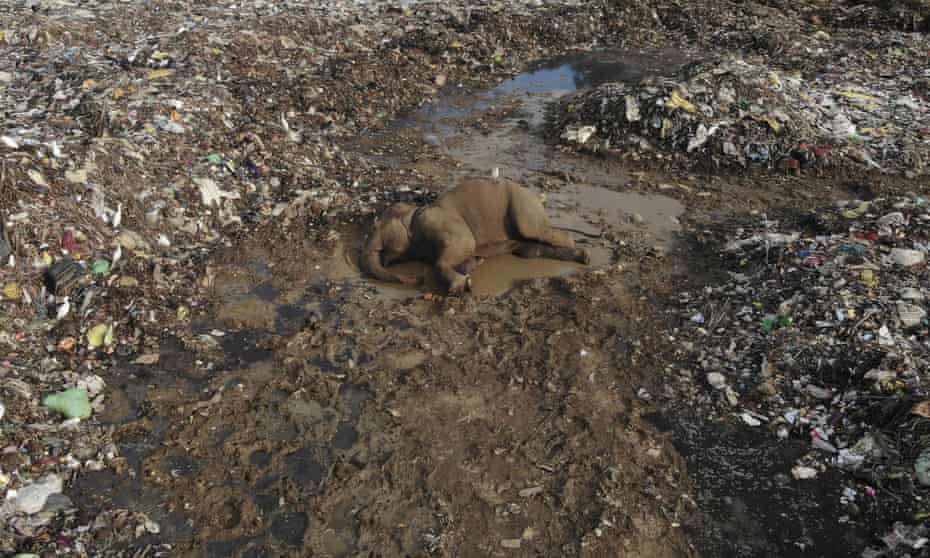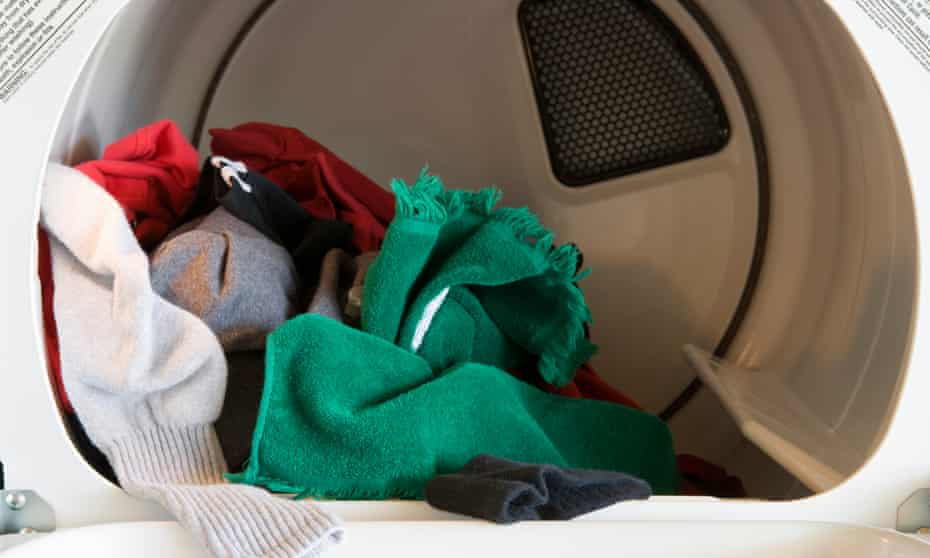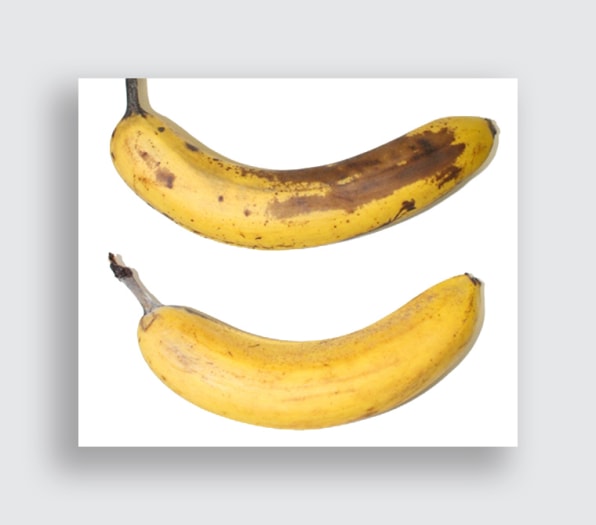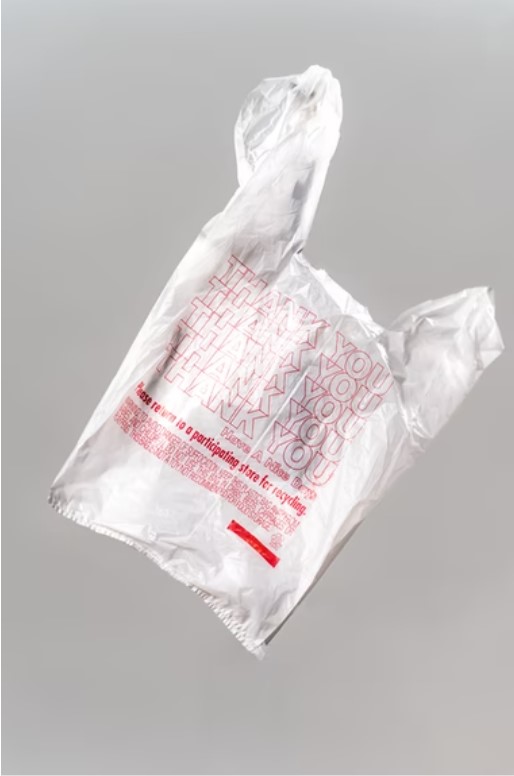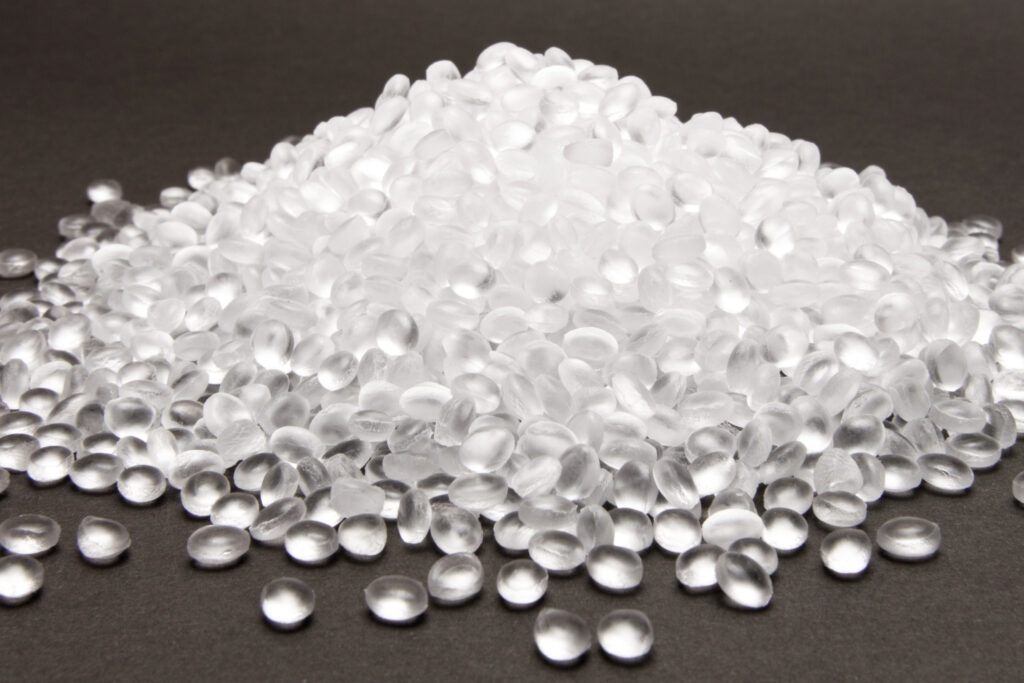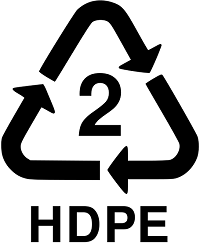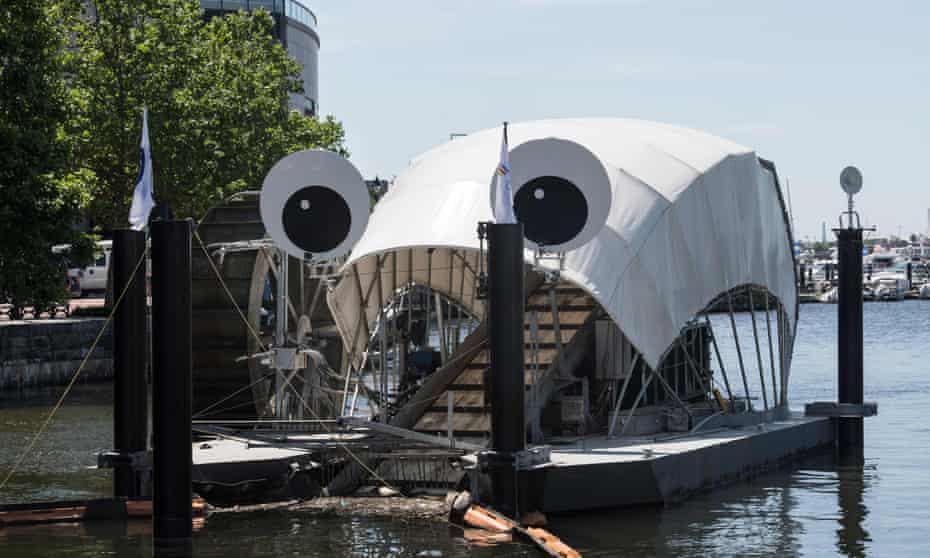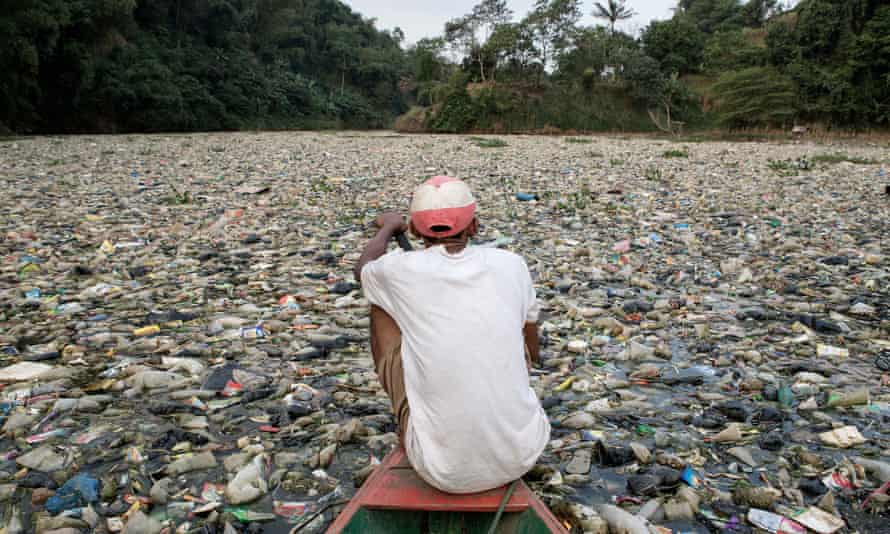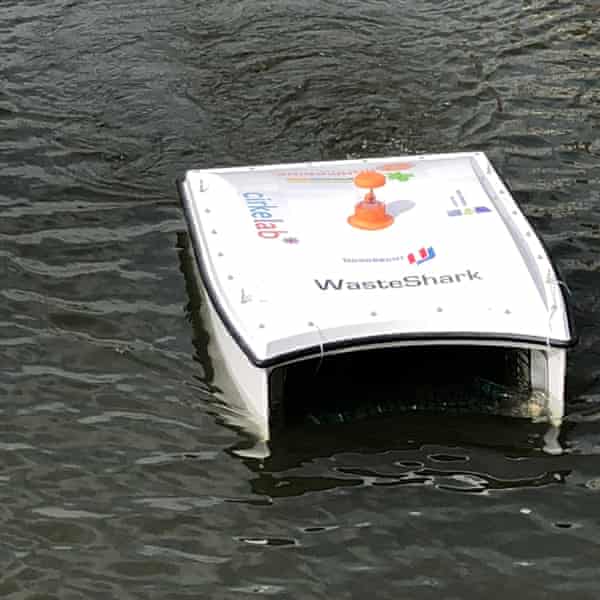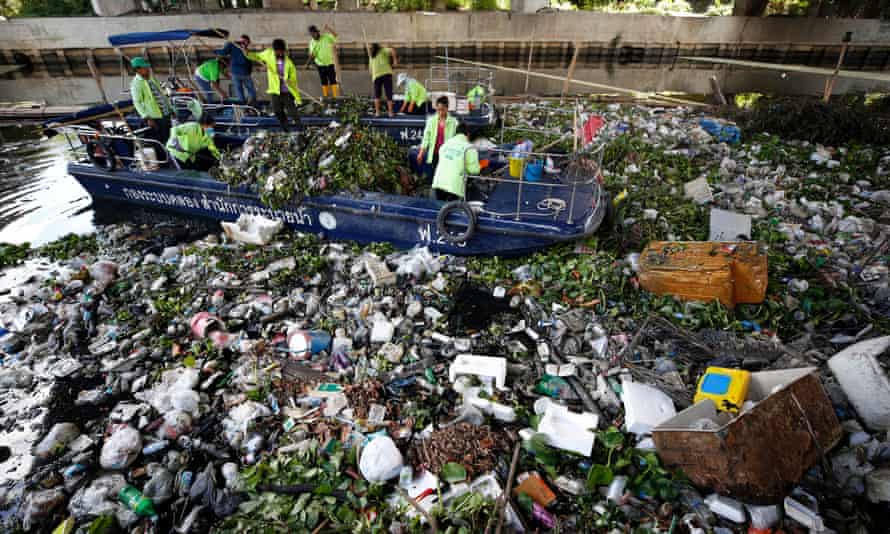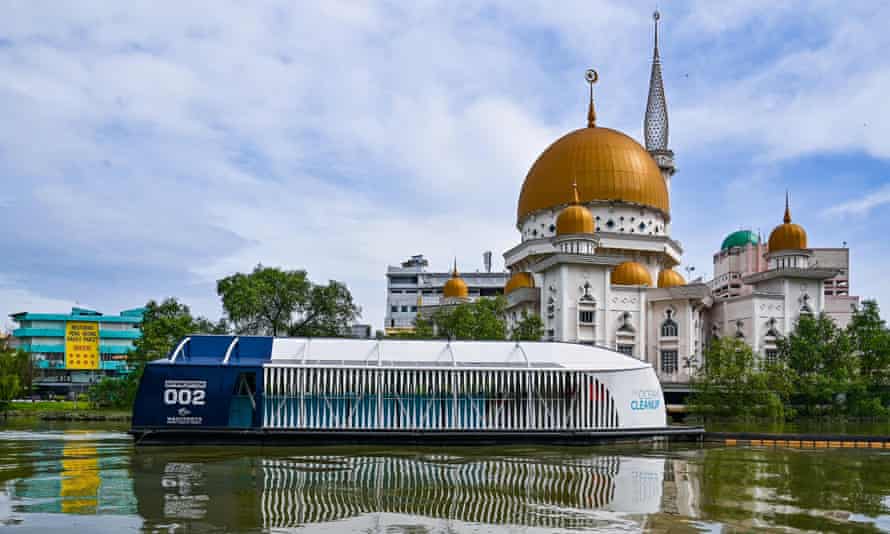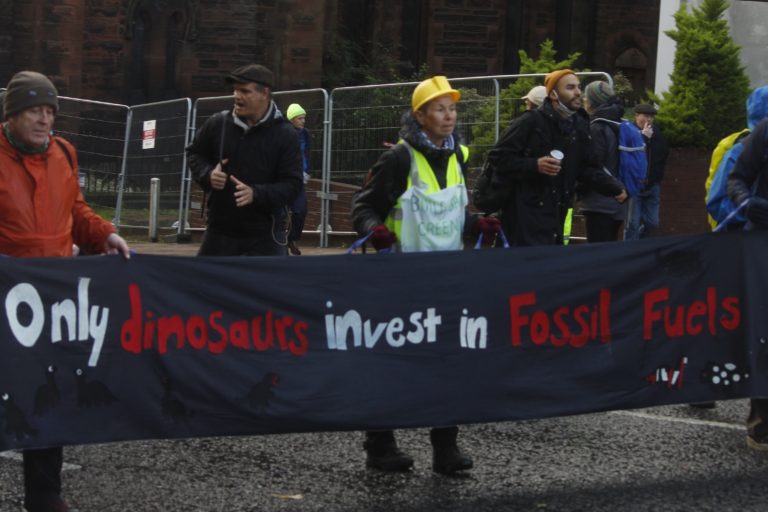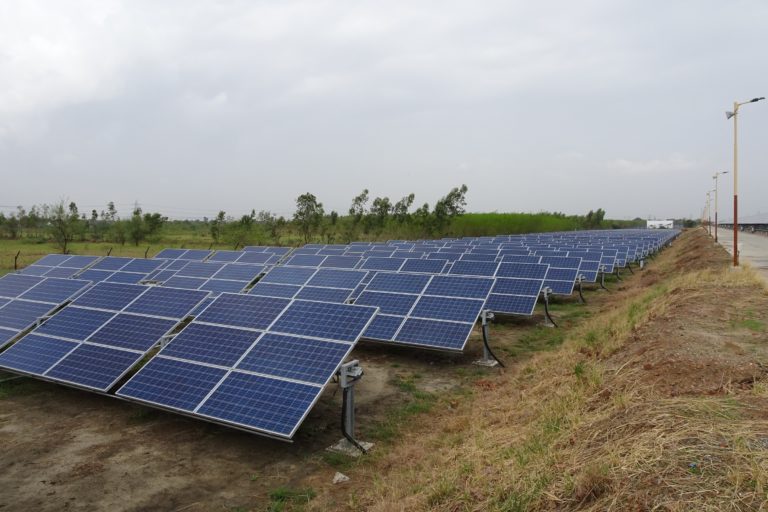PASSAIC — More than 200 firefighters continued to battle an 11-alarm chemical fire that sent one to the hospital early Saturday morning.
Frigid temperatures caused runoff water to freeze and create even more hazards for first responders from three counties.
Mayor Hector Lora said that the bulk of the fire, which began around 8:30 p.m. on Friday, is in the Majestic Industries portion of the property but that part has also spread to the Qualco chemical plant at 225 Passaic St.
Lora, who took to Facebook Live throughout the night with updates, said the fire was in multiple buildings and that they expected to lose the whole structure.
“There have been bad fires but this is the worst that I’ve ever seen,” he said.
Lora said the fire was still not under control as of 12:30 a.m. but it has not spread to where the chemicals are housed. He said the Department of Environmental Protection is on hand and will be assessing the air quality throughout the night.
“If it got to the chemicals there would have been mandatory evacuations,” Lora said. “The fire continues to burn but we have made tremendous progress.”
He noted that as the firetrucks run out of gas, they have to stop to refuel before continuing their efforts.
Passaic Fire Chief Patrick Trentacost said that the building where the fire started, which is along the river, has collapsed in on itself. It was vacant but was being used to store plastics, pallets and some chlorine.
He also said that the firefighters are drafting water from the river to supplement the water that they are using.
The smoke was so significant that it was being picked up by radar from the National Weather Service as it spread across northern New Jersey and off the coast.
Residents were being evacuated from the immediate area of the blaze and advised anyone nearby to close their windows. Passaic Street from First Street to Main Avenue was closed to traffic as well as Route 21 in both directions.
“I’m asking residents to keep your windows closed as our fire department and our emergency responders are assessing the extent of this fire,” Lora said. “We are asking all residents to stay as far away as possible. This is a chemical fire. You will see the color in the sky.”
Residents seemed to be heeding those warnings along Fourth Street as the area was empty at about 10:30 p.m.
Story continues after gallery
Gov. Phil Murphy echoed that sentiment on social media, posting that he urged “everyone in Passaic to stay safe as firefighters battle a large eight-alarm fire at a chemical plant off of Route 21.”
“If you live nearby, keep your windows closed,” Murphy said. “Praying for the safety of our first responders on the scene.”
Trentacost said that about 200 firefighters from throughout Essex, Bergen and Passaic counties have responded to the fire.
“This is by no means under control but we are doing everything we can to contain it,” he said.
Trentacost said that his department has been in touch with Passaic Valley Water to provide adequate water pressure and that fire boats from other departments were also en route.
He also said that one firefighter was taken to the hospital after being hit in the face with debris. He is doing well but will remain under observation. There have been various slips and falls though as the firefighters also battle the elements.
Lora said that the buildings were empty after 5 p.m. and the security guard at the site had been accounted for.
The overwhelming scent of smoke and chemicals, particularly chlorine was enough to make people’s eyes water as far away as Wallington after the wind shifted at about 10 p.m. Large embers and sprays of water are also floating across the river.
Lora stressed that it was being assessed but that it was important to stay away because it was a chemical fire.
“There are a lot of firefighters, a lot of police officers that are coming out in order to ensure that individuals are evacuated from the immediate area,” Lora said. “Because this is a chemical fire we are extremely concerned for the health and safety of those in the area.”
Story continues after video
Mutual aid from “basically everywhere” was on hand and Lora said that “as of right now” there were no reports of loss of life but he was concerned for police, fire and emergency personnel.
Firefighters are battling the blaze in frigid conditions. The city was 20 degrees after midnight but subzero wind chills are expected overnight with winds of about 15 to 20 miles per hour, according to the National Weather Service.
It will feel about -10 to -5 degrees tonight into mid to late Saturday morning.
Lora said the city was working to set up a shelter in the city for those displaced. Nearby Wallington sent an alert to their residents advising them to stay indoors with windows closed and to be on the lookout for large embers coming across the river. East Rutherford also posted that “shifting winds may cause smoke from the working fire at a chemical factory in Passaic to pass over areas of the borough” and encouraged residents to stay inside until the fire is under control.
Qualco, the site of the fire, produces and distributes chemicals used to treat pools and spas. They have been based in the city for more than 30 years.
The company housed more than two dozen chemicals on site in 2020 with a daily inventory ranging from 500 pounds of sodium hexametaphosphate to 500,000 pounds of the industrial disinfectant trichloroisocyanuric acid, according to the latest “Community Right to Know” data on hazardous substances from the state Department of Environmental Protection.
According to a 2016 safety datasheet on the website paspdirect.com, Qualco had several chemicals on site including aluminum chlorhydrate and 1,2-Ethanediamine that were the ingredients to a product called “Liquid Floc Rite“ that settles unfilterable substances like algae to the pool floor to be vacuumed. The report says it can cause serious eye damage and skin irritation.
The Passaic Fire Department had used the Qualco facility in the 1990s as a training ground for dealing with large scale chemical fires and spills.
Story continues after tweet
The blaze was reminiscent of the infamous 1985 Labor Day fire that tore through about 20 percent of Passaic’s industrial base. The fire incinerated 21 century-old factories and 17 apartment buildings as well as homes in the Lower Dundee area of the city.
Despite the cold temperatures, January fires have ravaged North Jersey in recent years. A massive fire destroyed the Atlantic Coast Fibers recycling plant on Jan. 30 last year. In that case firefighters braved the brutal cold overnight and into the next day to put out the fire, which engulfed an entire city block and veiled the city’s skyline with smoke. There were at least two explosions at the site.
And two years earlier, on Jan. 30, 2019, the landscape of nearby Elmwood Park was changed forever when a 10-alarm blaze levelled the historic Marcal Paper Mill. By the end of the night, 30 of the 36 structures on the site were either damaged or destroyed. The Marcal sign that colored the Elmwood Park portion of Route 80 a tint of red for decades was famously destroyed as well.
Katie Sobko is a local reporter for NorthJersey.com. For unlimited access to the most important news from your local community, please subscribe or activate your digital account today.
Email: sobko@northjersey.com
Twitter: @katesobko

